Tianshan Tianchi Scenic Area
Tianchi Mountain: World Natural Heritage, National AAAAA Class Tourist Scenic Spot, National Geopark, National Key Scenic Spot, National Civilized Scenic Spot, International and Natural Biosphere Reserve, China's Best Tourist Place, China's Top Ten Scenic Spots with Best Resource Protection, China's Top Ten Charming Leisure Tourism Lakes.
Tianchi Mountain, known as "Yaochi" in ancient times, is located in Fukang City, Changji Hui Autonomous Prefecture, Xinjiang Uygur Autonomous Region. On the north side of Bogda Peak, it is a natural scenic spot centered on alpine lakes, 97 kilometers away from Urumqi City. The planned area of the scenic spot is 548 square kilometers, which is divided into 8 scenic spots, 15 scenic spots and 38 scenic spots. It is a typical mountain-type natural landscape in arid areas of Northwest China.
Tianchi Lake in Tianshan Mountains is 1910 meters above sea level, 3.5 kilometers long in North and south, 0.8-1.5 kilometers wide in East and west, and 103 meters deep in the deepest part. Surrounded by spruce on the lakeside, the snow peaks are magnificent. It is a famous summer resort and tourist destination. The origin of Tianchi Lake includes two theories: paleo-ice erosion-end moraine barrier lake, landslide barrier lake and landslide barrier lake. Tianchi Tianshan Mountain, snow peak reflected, spruce surrounded, clear water like mirror, picturesque scenery.
Tianchi Mountain is characterized by a complete vertical natural landscape belt, snow-capped glaciers and alpine lakes, with the myth of the ancient Queen Mother of Yao Chi West and religious and unique ethnic customs as its cultural connotations. It is the best place for sightseeing, popular science investigation, adventure tours, leisure and fitness, and national customs and sightseeing. In the 2008 Northwest China Tourism Marketing Conference and Tourism Equipment Exhibition, it was included in the "Magic Northwest 100 Sceneries" list.
Development and construction
In June 1980, the People's Government of Xinjiang Uygur Autonomous Region established Tianchi Nature Reserve with Bogda Peak as the center.
In November 1982, Tianchi Mountain in Xinjiang was approved by the State Council as the first batch of key scenic spots in the country.
On March 27, 1990, UNESCO approved the Biosphere Reserve at the northern foot of Bogda Peak, a temperate desert area in China, to join the United Nations Human and Biosphere Program, which mainly protects the biodiversity and natural landscape of Tianchi in the northern foot of Bogda Peak, and provides a model for the protection and rational utilization of deserts in China and the world.
In August 1990, with the approval of UNESCO and Tianchi Mountain as the center, the International and Natural Biosphere Reserve Protection Network of Bogda Peak was established. The reserve covers an area of about 1600 square kilometers.
In 1993, the Ministry of National Construction approved the "Master Plan of Tianchi Scenic Spot in Tianshan Mountain".
In 2000, Tianchi Mountain was rated AAAAAA Scenic Spot by the National Tourism Administration. The opening of Tianchi two-way highway will form Tianchi-Dabancheng-Turpan ring-shaped Golden Tour route. After the completion of the Bogda National Glacier Park and the Fossil Mountain Geological Park of Time Tunnel, Tianchi Scenic Spot in Tianshan Mountain, Xinjiang, will become more magnificent and mysterious, making Hainei more attractive. Foreign guests and visitors are fascinated and linger on.
Brief introduction of scenic spots
Tianshan Tianchi Scenic Spot is a national AAAAA class tourist attraction. Located in Fukang City, Changji Hui Autonomous Prefecture of Xinjiang Uygur Autonomous Region, about 110 kilometers away from Urumqi, it is an alpine lake formed by ancient glacial debris flow blocking rivers. Located at the mountainside of Bogda Peak, the highest peak in the eastern part of Tianshan Mountains, Xinjiang, it is a half-moon-shaped lake with an area of 4.9 square kilometers. It is a world-famous alpine lake. Bogda Peak in Tianshan Mountains is 5,445 meters above sea level, covered with snow and glaciers all year round. Tianchi is located in the upper reaches of Sangong River on the northern slope of Tianshan Mountain, with an elevation of more than 1,900 meters. The lakeside is densely forested and green. With the different altitudes of sea level, it can be divided into four natural videotapes: Glacial Snow belt, Alpine subalpine belt, mountain coniferous forest belt, and Tianchi Scenic Spot in Tianshan Mountains, Xinjiang. At the same time, Tianchi can enjoy the scenery of snow mountain, forest, clear water, lawn and flowers. There are also small Tianchi, Lightpole Hill, Shixia and other attractions nearby. Tianchishi was called "Yaochi" in ancient times. It was named Tianchi by the meaning of "Tianjing" and "Shenchi" in the Qianlong period of Qing Dynasty.
The Tang Dynasty Romantic poet Li Bai "invite you to redeem the emperor Mu Tianzi, still be able to make a shadow dance Tianchi", which is the first to call Tianchi today. First, it comes from Li Zhichang, the accompanying son of Qiu Chuji, the leader of Quanzhen School of Taoism in the Yuan Dynasty, who wrote "Journey to the West of Changchun Real Man", "There are pools on the mountains, with snow peaks standing around, reflecting the pool in the pool, the name of the teacher is Tianchi Another is from the Qing Dynasty Urumqi Dutong bright "Lingshan Tianchi Shuchi Canal Stele" -- "See the vastness of Shenchi, such as the sky mirror floating in the sky" sentence "Tianjing" and "Shenchi" of the "heaven" and "pond" synphony. Tracing back to its origin, Tianchi was established by Taizong of Tang Dynasty in 648 A.D. at Bogda Peak as the Yao Chi Capital Protectorate. It was changed to ice lake in Song and Yuan Dynasties and was called Tianchi in Qing Dynasty.
Scenery characteristics
Tianchi Scenic Spot, with Tianchi as its center, integrates forest, grassland, snow mountain and human landscape into a whole, forming a unique landscape features. It starts at Shimen in the north, reaches the snow line in the south, reaches the Maya Mountains in the west, and reaches the Donggou in the east, covering a total area of 160 square kilometers. Standing on the high ground, looking forward, a green wave, one after another, that Hong Bibo hangs high in the middle of the mountain, just like a jadeite Calendula is held high by the giant hand of the rock mountain. Along the coast, the pines and cypresses are craggy and smoky; the mountains are covered with green grass and flocks of sheep are moving; and there are thousands of years of ice peaks, silver-coated, steep and unusual, the whole lake and mountain scenery is beautiful.
Tianchi has three water surfaces, besides the main lake, there are two water surfaces on both sides of the East and west. The east side is the small Tianchi Lake. The ancient name of Heilongtan is located 500 meters east of Tianchi Lake. It is said that it is the place where the West Queen Mother bathes and washes. Therefore, it is also known as "combing and washing Jian" and "bathing fairy basin". Under the pool is Baizhang Cliff, there are waterfalls flying down, just like a long rainbow falling according to the sky, which is spectacular and helps to form a "hanging spring Yaohong" in a day. The west side is the small Tianchi Lake, also known as the Yunutan Lake. Legend has it that the West Queen Mother washes her feet, which is located two kilometers northwest of Tianchi Lake. West small Tianchi like a full moon, the water is clear and deep, surrounded by Tasson. If the bright moon is in the sky, the silent shadow sinks into the wall and the scenery is infinite, so it also has a view day: "Longtan Blue Moon". There is also a waterfall on the side of the pool, tens of meters high, such as the landing of the Milky Way, spattering pearls with jade, which is called "Jade Belt Silver Curtain". There is Wentao Pavilion on the pool. It's very interesting to see the waterfall in the pavilion. The eyes can see the curtain rolling pool waves, the pine green water, and the ears can hear the water breaking through the rocks and the sound-shock rift valley.
Three kilometers west of Tianchi is Dengpu Mountain, 2718 meters above sea level, and the length of the mountain is about 3 kilometers. Laojun Temple and Dongyue Temple were built here. At that time, Taoist priests erected a pine pole on the top of the hill, hanging sky lanterns, which were not extinguished day and night. People in Urumqi used sky lanterns as a metaphor. As long as the lights were not extinguished, they foretold peace in the world. So the lamp was also called Taiping lantern. Looking from the lamp pole in Shanxi, Urumqi can have a full view, especially when the Chinese lantern is on the rise, it is a great pleasure to see the lights of Urumqi's ten thousand families from afar.
Two kilometers southwest of Tianchi, there is Maya Mountain, 3056 meters above sea level, 5 kilometers long, the top of the mountain cliffs and cliffs, huge rocks stand, like a row of huge Maya, hence the name. Maya Mountain Stone Forest is a unique scenic spot of Tianchi Lake. Those boulders are eroded by the wind and form the Maya Landscape of the hall. The stone hall has strange shapes, different shapes, or huge tusks, like beast bloodshed, or rolled up like waves of the sea layer by layer. Among them, a stone resembles an ancient herdsman, with a felt hat on his head and a calm manner. Walking into the Stone Forest always makes you daydream. On the top of Mount Maya, we can see Tianchi in the north, with beautiful eyes; Bogda in the east, three peaks in the snow sea, Urumqi in the west, Lushe Tianzhuang in the west.
On June 21, 2013, the 37th World Heritage Conference, held in Phnom Penh, Cambodia, voted to include Tianshan Mountain in Xinjiang, China, in the UNESCO World Heritage List.

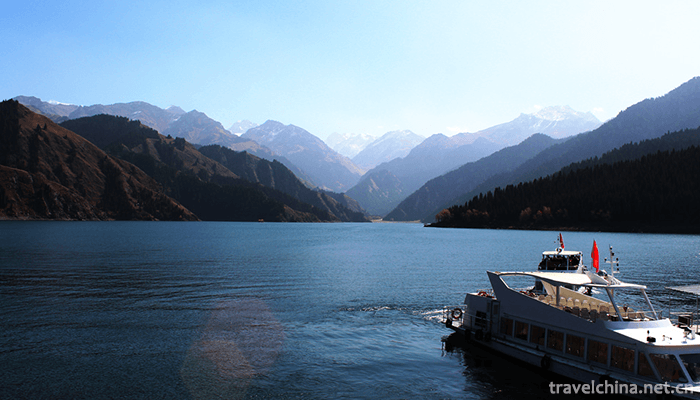
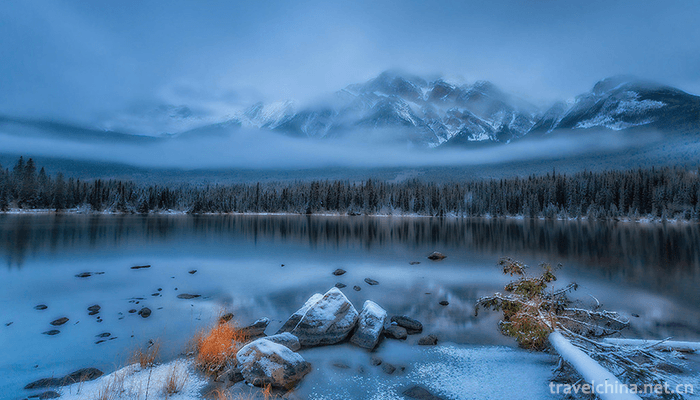
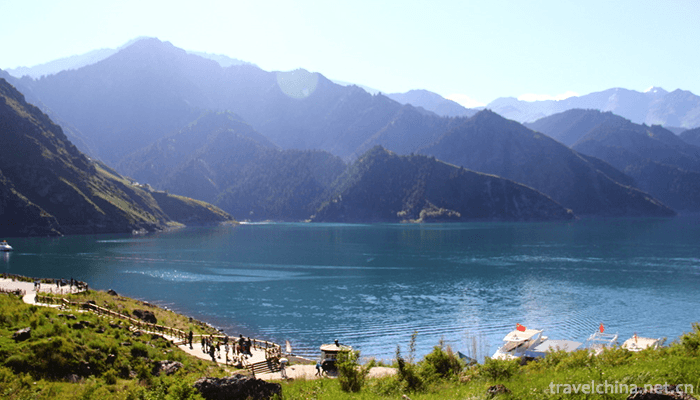
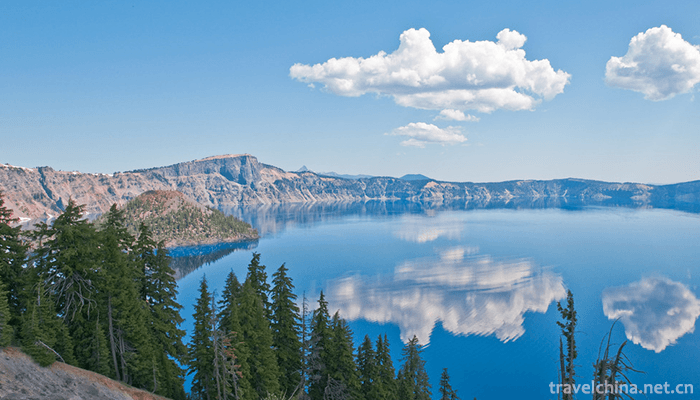
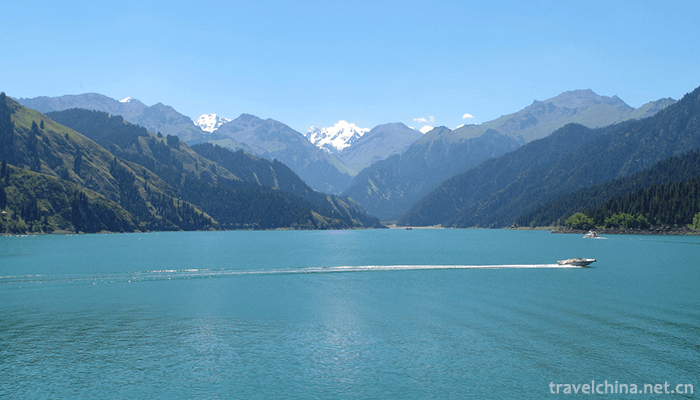

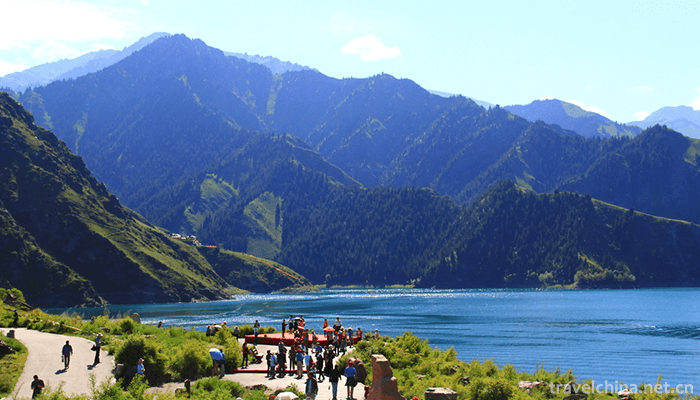
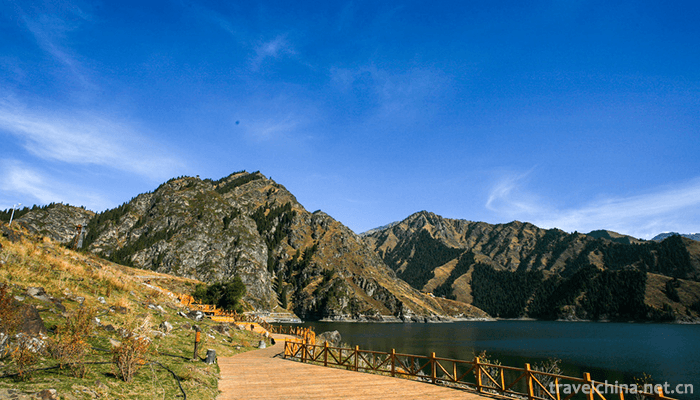


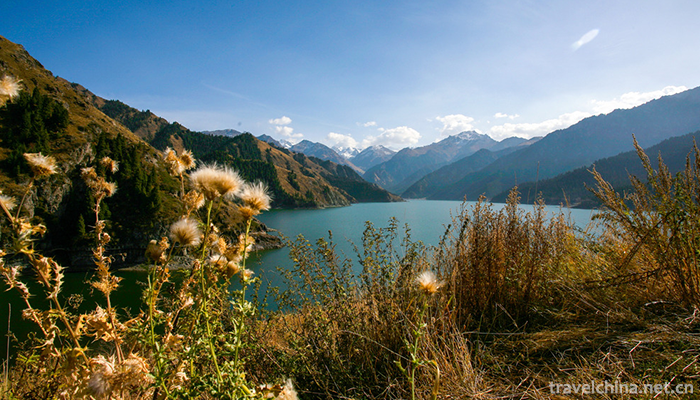
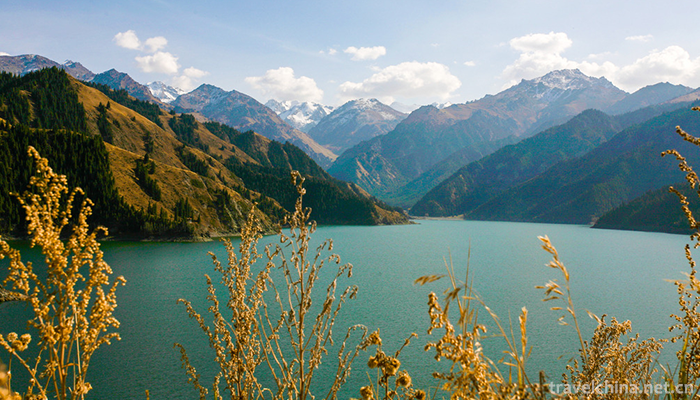
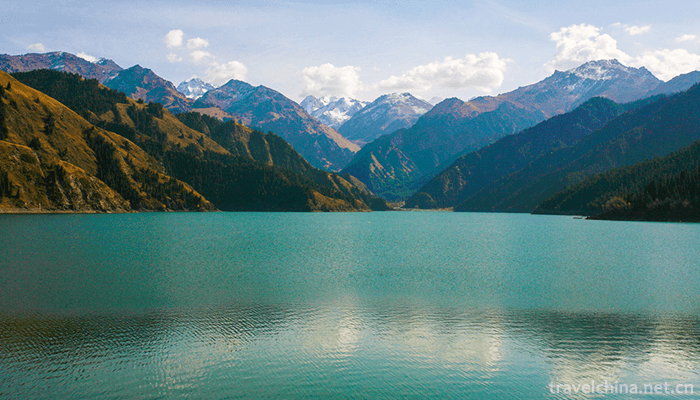
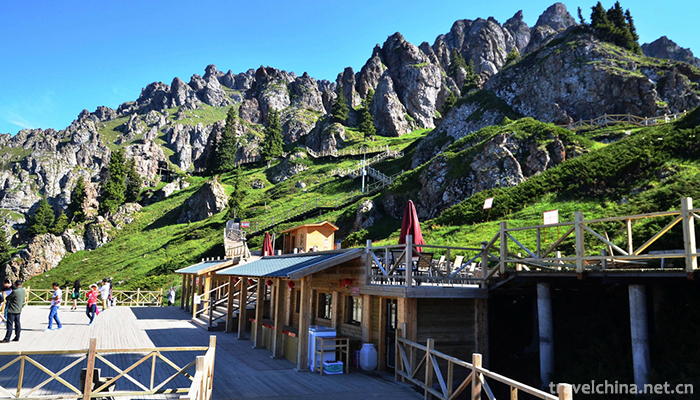
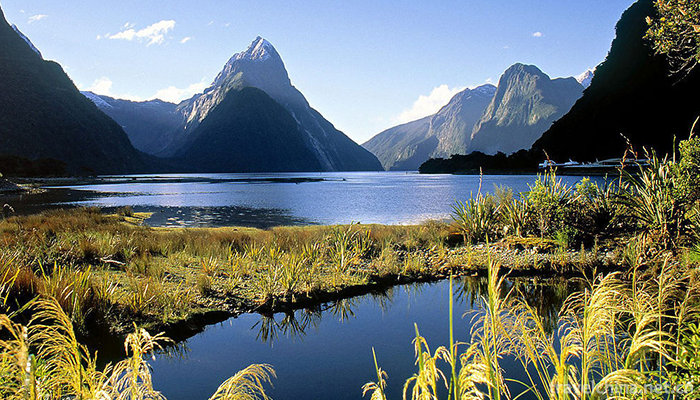
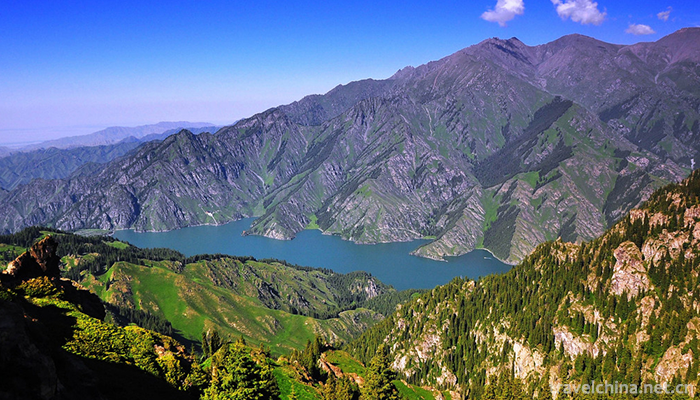
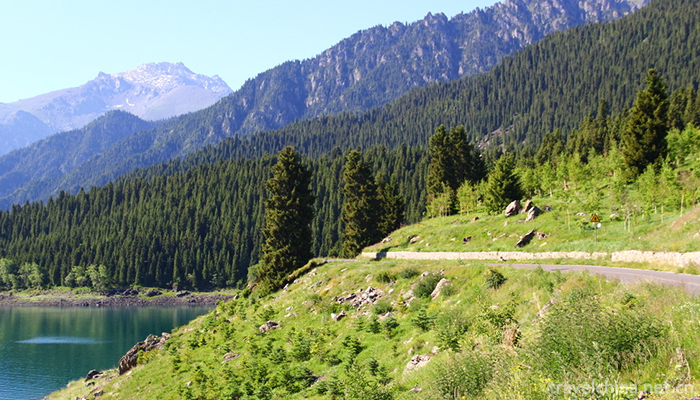
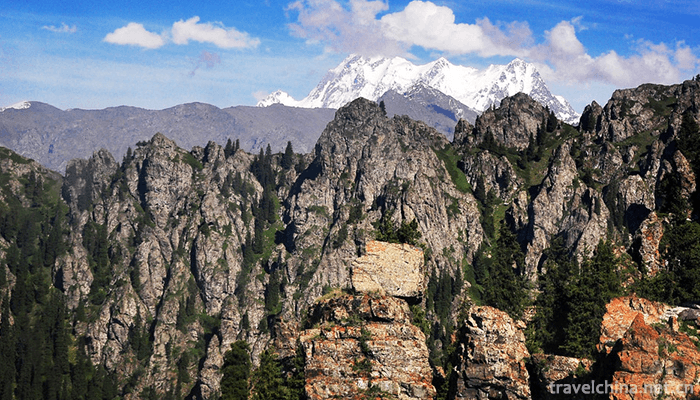
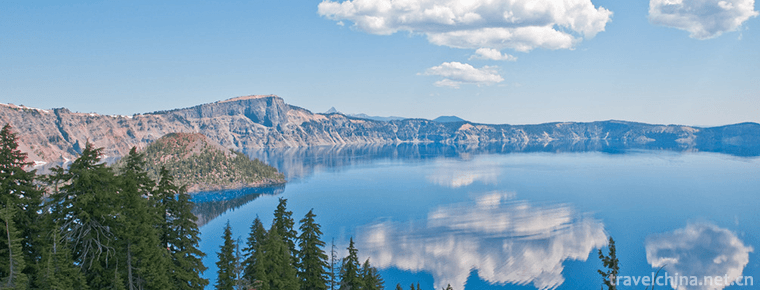
-
1.Chengjiang biota
Chengjiang biota is located near Maotianshan, Chengjiang, Yunnan Province, China. The stratum of Chengjiang biota is yellow-green silty shale of Yudanshan section of Qiongzhusi Formation of Lower Camb
Time 2019-01-05 -
2.Longsheng Hot Spring Resort
Longsheng Hot Spring is located 32 kilometers northeast of Longsheng County. It takes 40 minutes to get to Longsheng Hot Spring by bus from the county town. Hot springs are gushed from rock strata 120
Time 2019-02-06 -
3.Silkworm custom
Haining City, the ancient name is meaningful, and later because of drunken plum from wood changed its name to salted plum. This is the seat of Changshui County in the Spring
Time 2019-04-04 -
4.Traditional Cotton Textile Techniques
Chinese traditional textile technology has a long history. Since cotton was introduced from India in the 7th century, Chinese textile industry has changed from linen to cotton.
Time 2019-04-19 -
5.Traditional Chinese Medicine Culture
Traditional Chinese medicine (TCM) is the oldest and most complete medical system in the world. It is not only a method of treating diseases, but also a complete philosophy of the universe and life.
Time 2019-04-22 -
6.Five Palace Tunes in Haizhou
Haizhou Five Palace Tunes is a traditional folk music with a long history. It is an important link of Ming and Qing folk songs in Jiangsu Province. It is a precious relic of ancient "Zhugong Tune
Time 2019-05-02 -
7.Yazhou Folk Songs
Yazhou folk song is one of the ancient folk songs in Hainan Province. It is popular in the areas of Yazhou and Dongfangkangcheng, west of Sanya Yacheng and east coast of Ledong. Yazhou Guest (Han) dia
Time 2019-07-10 -
8.Traditional Brewing Techniques of Distilled Liquor
Distilled liquor brewing is to first make grains, potatoes and other starch-rich or sugar-rich raw materials into grains (no filtered wine) or fermentation into grains (turbid wine), and then distille
Time 2019-07-25 -
9.Congratulations
Congratulations, also eulogies, Mongolian folk literature form, China's national intangible cultural heritage. Praise is a traditional folk literature form of Mongolian nomadic people in northern Chin
Time 2019-08-10 -
10.Huahu Lake
Huahu is located on the 213 national road between Ruoergai in Sichuan Province and Langmu temple in Gansu Province. It is a natural Haizi on the grassland of GER dam. Geer dam is the second largest grassland in China after Hulunbeir Grassland
Time 2020-11-07 -
11.Sports in Panzhihua
By the end of 2018, Panzhihua had 21 stadiums (gymnasiums), 56 sports social groups at all levels, 694 national fitness routes and 263 social sports guidance stations. The city's various sports teams won 80 gold medals, 91 silver medals and 72 bronze medals in provincial competitions. 124 national fitness activities were held throughout the year, with 460000 participants.
Time 2020-12-14 -
12.Animal resources in Nanchong
There are many animals in the subtropical farmland of Nanchong, and the number of other types of animals is less. Hundreds of wild animal resources are still preserved in the city. Among the rare animals, there are two kinds of national first class protected species
Time 2020-12-17